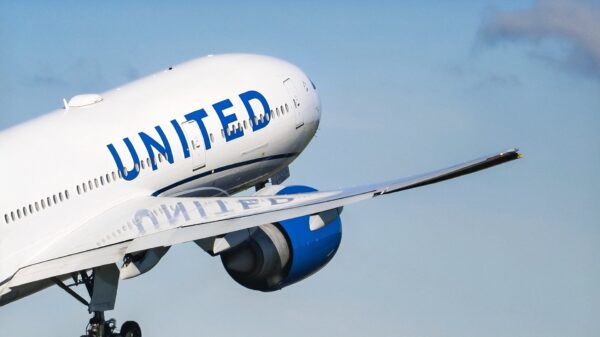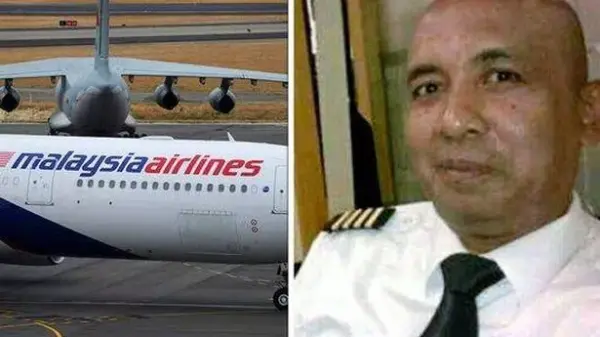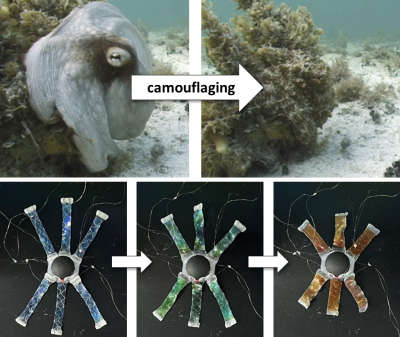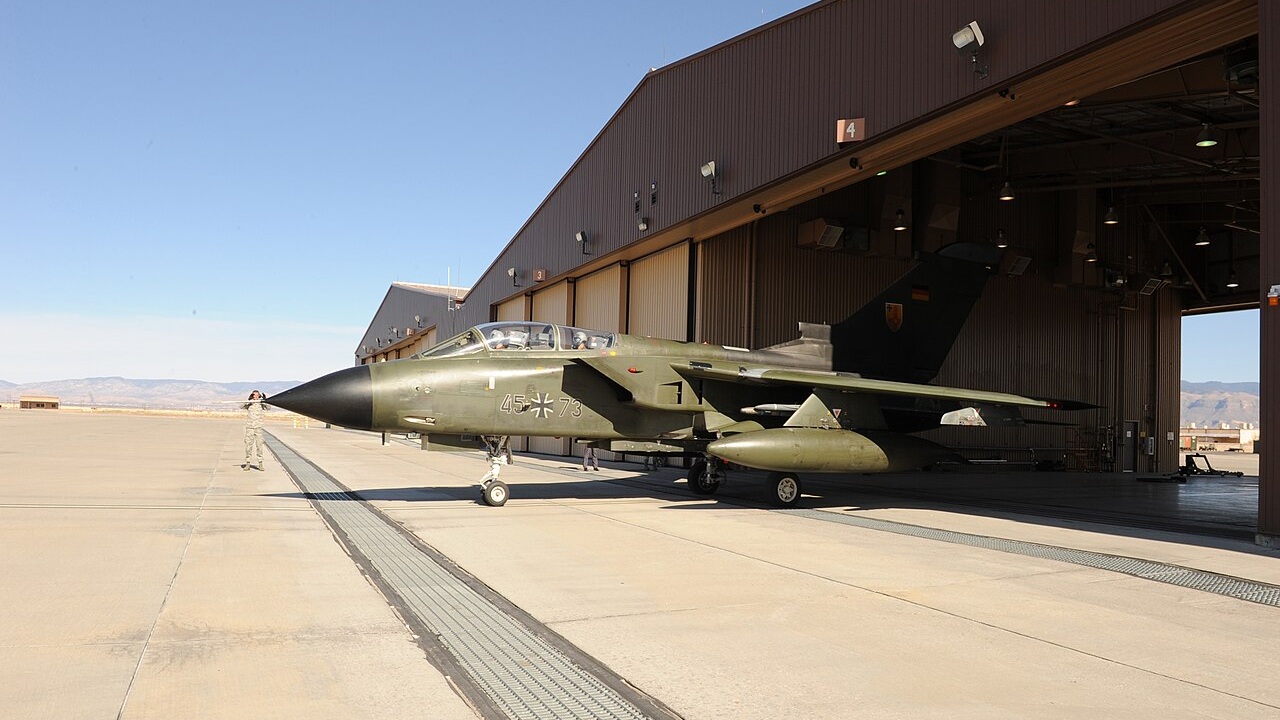The iconic Panavia Tornado, a multirole fighter that played a pivotal role in air warfare for over four decades, is approaching retirement. Once a cornerstone of European and Middle Eastern military aviation, the Tornado is being phased out as modern aircraft such as the Eurofighter Typhoon and Lockheed Martin’s F-35 Lightning II take center stage in defense strategies.
The Tornado’s legacy is significant; it has been deployed in various conflicts, including the operations against Muammar Gaddafi in Libya and the fight against the Islamic State in Syria. Yet, as the requirements of 21st-century combat evolve, the aircraft’s advanced capabilities are no longer sufficient to meet modern military needs.
From Cold War Staple to Obsolescence
Developed through a collaboration between the United Kingdom, West Germany, and Italy, the Tornado was first introduced in 1979. It was celebrated for its innovative variable-sweep wing design, enabling effective operations across a wide range of speeds. This adaptability allowed the Tornado to excel in various roles, including precision ground attack, electronic combat, and air defense.
Over the years, the Tornado was produced in three main variants: the IDS (Interdictor/Strike), the ECR (Electronic Combat/Reconnaissance), and the ADV (Air Defense Variant). By the end of its production run, a total of 990 Tornados had been built. Its specifications include a maximum speed of 2,400 km/h and a service ceiling of 15,240 m, allowing it to engage in diverse combat scenarios effectively.
Despite its impressive capabilities, the Tornado’s operational life is coming to an end. The United Kingdom officially retired its fleet in 2019 after four decades of service. Germany and Italy continue to use the aircraft, albeit under limited operational conditions, with complete retirement expected by the late 2020s. Meanwhile, Saudi Arabia, the sole non-European operator, is also shifting focus toward newer aircraft options.
Challenges of Aging Technology
The transition away from the Tornado reflects a broader trend in military aviation. The aircraft lacks several essential modern features, including stealth capabilities and advanced sensor integration. These elements are critical for successful operations in contested airspace, where modern warfare increasingly relies on technological superiority.
Furthermore, maintaining an aging fleet has become increasingly expensive and complex. As spare parts become harder to source and maintenance cycles grow longer, the operational costs of the Tornado rise. This financial burden has prompted various nations to consider retiring their Tornado fleets in favor of more efficient, modern alternatives.
NATO’s strategic direction also emphasizes a shift towards multirole fighters capable of executing a broad spectrum of missions efficiently. The Eurofighter Typhoon provides superior air-to-air capabilities, while the F-35 incorporates advanced stealth and data fusion technologies. These aircraft better align with contemporary military doctrines that prioritize rapid deployment, electronic warfare resilience, and joint force integration.
The Tornado has undoubtedly left its mark on military aviation history, consistently demonstrating reliability in wartime conditions. Yet, as defense forces around the world adapt to the challenges of modern conflicts, it is clear that the aircraft’s time has come to an end.
In conclusion, as the Panavia Tornado retires, it marks the end of an era in air warfare. The transition to next-generation fighters underscores the need for military forces to embrace innovation and technology in an evolving battlefield landscape.





































































